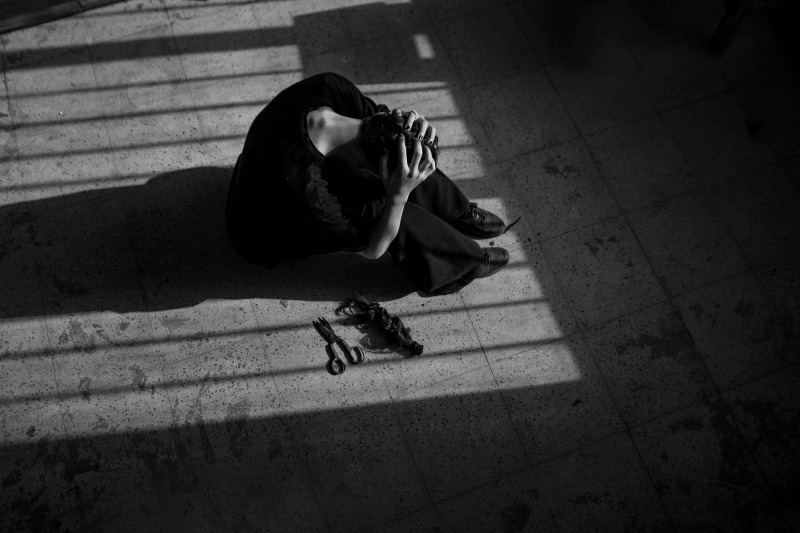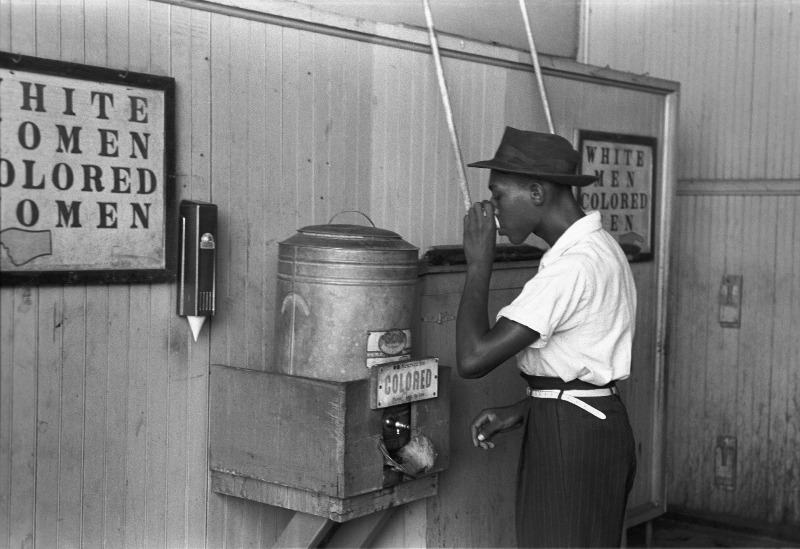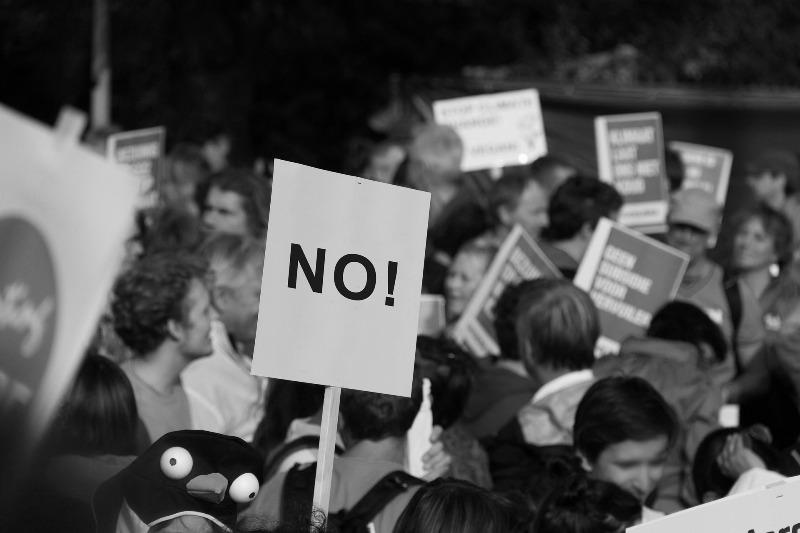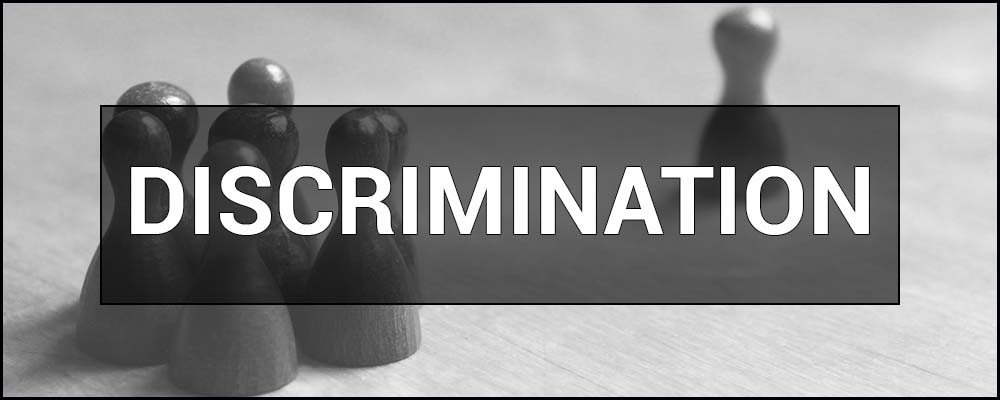Discrimination is the unfair or cruel treatment of an individual or a group of people on the basis of their belonging to a particular category or social group. Such discrimination can occur on the basis of race or nationality, gender, age, religion, political or moral views, sexual orientation, physical appearance or other characteristics. Discrimination can take many forms, including harassment, bullying, and restrictions on access to social processes or resources. Unfortunately, this is a very common problem that affects both individuals and our society as a whole. Such unfair treatment of people who are different is a significant obstacle to creating a more harmonious and happy world.
What is DISCRIMINATION –definition and meaning in simple words.
In simple terms, Discrimination is a situation when a person or group of people is treated unfairly or cruelly just because of who they are. This means that a person is not given the same opportunities, rights, or respect as others because of their race, religion, gender, age or other differences that make them who they are. Discrimination can occur in a variety of places, such as schools or universities, workplaces, or public places.
Discrimination is a big problem because it can lead to negative consequences for those who suffer from it. It can affect a person’s physical and mental health, self-esteem, life position, and life in general. Discrimination also has a major impact on society, perpetuating and promoting inequality, harmful stereotypes and prejudice.

Main types of discrimination.
There are many different types of discrimination in the world that can be experienced by individuals or groups of people. The most common types include:
- Racism is discrimination against an individual or a group of people on the basis of race or ethnicity.
- Nazism is a type of discrimination based on a person’s nationality.
- Sexism is a type of discrimination based on a person’s gender.
- Ageism is a form of discrimination based on a person’s age, often against older people, but sometimes younger people also suffer from it.
- Ableism is a type of discrimination against people based on physical or mental abilities.
- Religious discrimination is discrimination based on a person’s religion or moral beliefs.
- Political or ideological discrimination is a type of discrimination based on a person’s political or ideological views.
- Discrimination on the basis of sexual orientation / homophobia.
- Gender identity discrimination is a type of discrimination based on a person’s gender identity or expression.
Common examples of discrimination.
Here are some common examples of discrimination that people may face:
- Example of racial discrimination. This happens when someone is treated unfairly because of their race or ethnicity. It is when someone is denied access to certain services or is paid less than others. When someone is told racist comments or jokes.
- An example of gender discrimination. This happens when someone is treated unfairly and cruelly because of their gender. This may include being denied certain job opportunities or promotions, being paid less than the other gender, or being subjected to sexist jokes.
- Example of age discrimination. This is when someone is treated unfairly because of their age. This may include refusal to hire, promotion, jokes or disrespectful treatment.
- Example of disability discrimination. This is when someone is treated unfairly because of their disability or other physical impairment. This can include refusal to get a job, denial of access to certain public facilities, and so on.
- Example of discrimination based on sexual orientation. This occurs when someone is treated unfairly because of their sexual orientation and preferences. This can include refusal to hire, refusal to rent a house, or homophobic comments and insults.
- An example of religious discrimination. This is when someone is treated unfairly, cruelly or prejudiced because of their religion. This can include denial of employment, access to public facilities, Islamophobic or anti-Semitic comments or behavior.
- Example of discrimination based on nationality. These are situations where someone is treated unfairly and cruelly because of their country of origin or national/ethnicity. This can include denial of employment, access to public places, or xenophobic comments or behavior.
- Example of discrimination based on language. This is a situation where someone is treated unfairly because of the language they speak. This can include denial of employment, denial of access to services, or derogatory comments or actions.
- Example of socio-economic discrimination. This is when someone is treated unfairly because of their socio-economic status. This can include being denied employment, denied access to education or health care, or subjected to classist comments or behavior.
Basic and common signs of discrimination.
Discrimination can sometimes be invisible or hidden and difficult to recognize right away, but there are some signs that may indicate that someone is being discriminated against:
- Unequal treatment. If someone is consistently treated differently, worse than others, this may be a sign of discrimination.
- Exclusion. If someone is excluded from opportunities or activities without a valid reason and no reasoned explanation is given, this may also be discrimination.
- Stereotyping. If someone is subjected to negative stereotypes based on their race, gender, sexual preference, or other characteristics, this may be a sign of discrimination.
- Hostile environment. If someone experiences hostile attitudes in the environment and is treated worse than others, this may be a sign of discrimination.

How to deal with discrimination.
If you are experiencing discrimination, it is imperative that you take action. Here are some tips on what steps you can take:
- Document and record the discrimination. Keep records of any incidents of discrimination, including dates, times, people and circumstances, and details of what happened to you.
- Report the discrimination. If the discrimination occurs in the workplace or at school, report it to your supervisor, principal, or administrator. If it happens in a public place, report it to the appropriate authorities.
- Seek support. Reach out to friends, family, or organizations that provide support to people who have experienced discrimination.
- Educate yourself. Learn more about discrimination, its signs and types, and how to recognize it. This can help you better protect yourself and others.
- Advocate for change. Speak out against discrimination and make changes in your workplace and beyond.
- Take legal action. If necessary, take legal action to protect your rights and hold perpetrators accountable.

Conclusion.
It is important to note that discrimination can have a profound impact on a person’s mental and emotional well-being. It can lead to feelings of isolation, low self-esteem, apathy, and depression.
That is why it is crucial to fight discrimination and create a society where everyone is treated with respect and dignity. This can be achieved through education, awareness raising and advocacy for equal treatment. By working together, we can create a world where discrimination is unacceptable and everyone has the opportunity to live a life of dignity.
To summarize, discrimination is a harmful practice that can take many forms and affect different aspects of a person’s life. It is important to recognize the signs of discrimination and take action to eliminate it. By advocating for change and promoting inclusivity, we can create a world where everyone is valued and respected.




